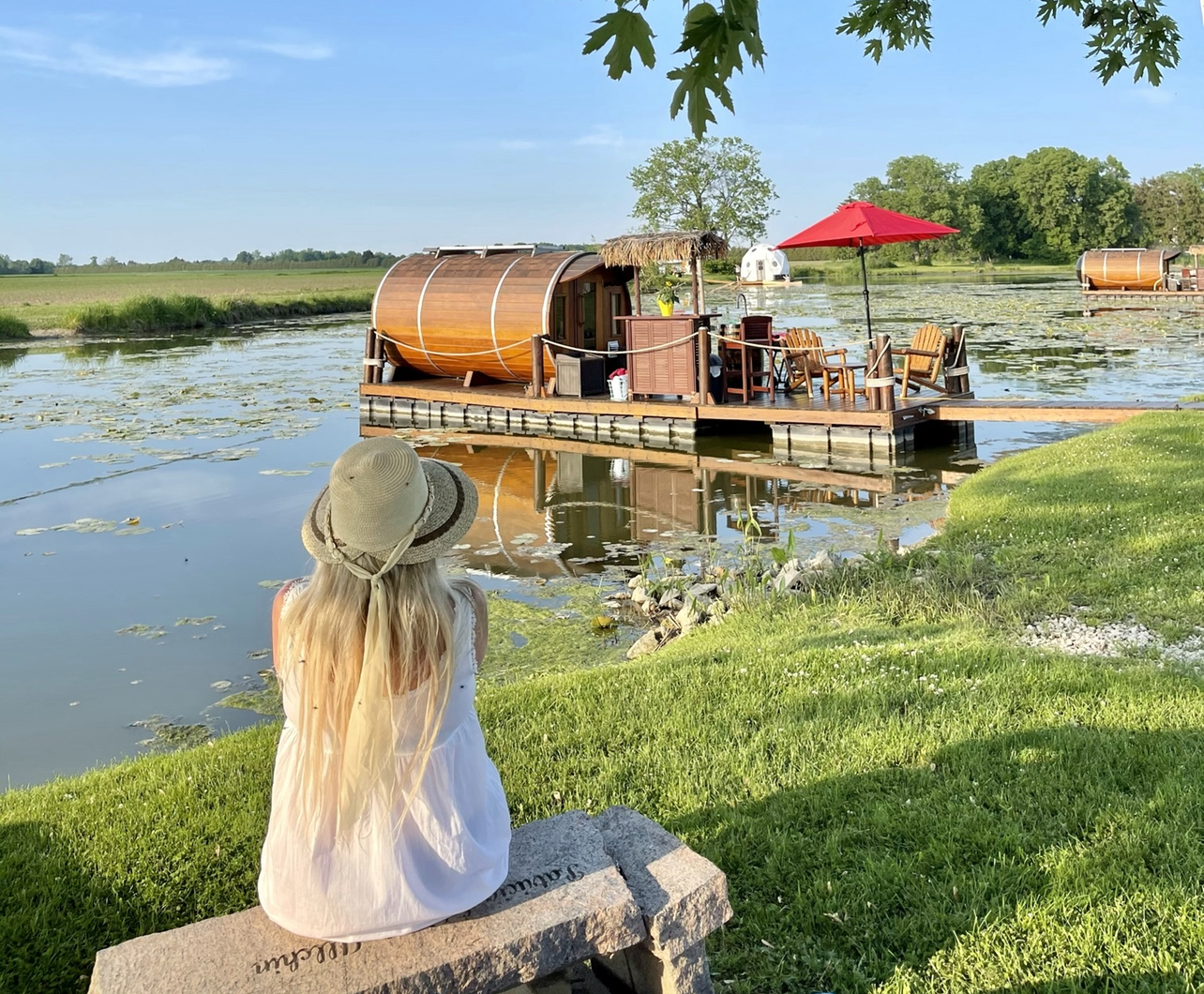The Steps for a Canadian to fly their drone recreationally in the USA!
So you’re heading south of the border and you want to bring your drone with you. Makes sense; drone pics are an awesome addition to anyone’s photography repertoire and if you’re anything like me, the “concept” of packing your drone for vacation might seem as obvious as packing a camera. However, with our Canadian drone laws scheduled to change on June 1st, you might be a little apprehensive about stepping onto foreign soil with your UAS (Unmanned Aircraft System). I can’t blame you; I’m still new to drones myself, and as with all things “drone”, the “rules of engagement” to fly under FAA regulations can seem as convoluted as our rules here at home. Recreational drone flying is a relatively new phenomenon. Both countries are in a transition period of implementing laws that consider both safety and enjoyment of this new frontier. In truth, the recreational rules of flying a drone in both Canada and the United States are pretty straightforward. Let’s visit the steps I took as a Canadian to fly my drone recreationally in the USA… or as the title says, How to fly a Beaver in the Bald Eagles’ airspace?!
Step 1- Register your drone with the FAA.
To register, visit https://faadronezone.faa.gov/#/ , select the option that applies to you and then create an account. Both options, “Fly sUAS under Part 107” or “fly model aircraft under section 336”, cost $5 and are valid for 3 years. For the purpose of our blog, recreational flyers would select section 336. I registered under Part 107 but as I got further along in the process I realized I could have registered under section 336. A quick call to the FAA confirmed that that wasn’t a problem (1-866-TELL-FAA). Additional steps may be required depending on your flight plan so please read your chosen option carefully. The process to register my Mavic 2 Pro with the FAA despite being Canadian was the same as it is for US citizens, however the paperwork is viewed differently. Carry proof of the registration with you.
*Section 336 was repealed in 2018 and is superseded by Section 349. For registration purposes the FAA’s website still labels recreational flying as section 336. Prospective changes for 2019 started yesterday (watch for the blog I’m posting later tonight [or tomorrow] about better understanding section 349).
Tips: When registering, have your debit or credit card ready and the make and model of your drone. The above link should look similar to this:

Step 2 – Label your drone.
Once you have registered your drone with the FAA you will receive a registration number. This number must be visibly labelled on the outside surface of your drone. For tips on how to label your drone visit: https://www.faa.gov/uas/getting_started/register_drone/media/UAS_how_to_label_Infographic.pdf (or see pic below). Being Canadian, my drone is labelled with information required by Transport Canada so I just added my FAA number by hand onto that label.

Step 3 (a) – Download the B4UFLY Mobile App.
The current B4UFLY is available for free download in the App Store for iOS and Google Play store for Android. B4UFLY is the FAA’s first mobile app designed for recreational drone operators so they know where they can and cannot fly.
Step 3 (b) optional –Visit the UAS facility maps & grids (ArcGIS web app)
This is an external link provided on the FAA’s website that is a great tool for a better visual understanding of the United States’ airspace. Visit https://faa.maps.arcgis.com/apps/webappviewer/index.html?id=9c2e4406710048e19806ebf6a06754ad to check it out.
Tips: This link is not part of the FAA website or any other government website so the information is not guaranteed to be complete or accurate. Here are examples of the website’s maps of NFZ (no fly zones), restricted airspace and regular airspace:


*The red grid areas are Class D airspace. The solid red areas are Naval Air Stations and therefore prohibited/restricted airspace. Areas outside these zones may fly according to FAA regulations.
Step 4 – Follow the FAA’s rules for recreational flyers:
Now that you’re all set to fly make sure you keep yourself and your drone safe by following the FAA’s rules. Some examples of these are: Do not fly in controlled or restricted airspace; do not fly near other aircraft; do not fly over groups of people, natural disasters, public or sporting events; do not fly under the influence of drugs or alcohol; keep your drone in line of sight; fly at or below 400 ft etc.
Tip: I will be covering the FAA rules in more details in my next blog about “better understanding section 349”, so keep an eye out for it to be posted!
Final Thoughts:
Flying recreationally in the USA is pretty straightforward and very similar to the processes being implemented in Canada. Fun fact! This blog was originally a step by step “how to” for flying a drone recreationally in US Class D airspaces like Key West, Florida. Sadly, as I was about to publish, I was informed that as of May 17th, 2019 (the next day) one of the non-enforced portions of section 349 was coming into effect, which made that whole blog, my first ever, obsolete! Further changes are forthcoming so please subscribe to my website to stay up to date through this transition period. Let me know if you found this blog about “How to fly a Beaver in the Bald Eagles’ airspace?!” helpful and/or what you would like to read more about?!
*This was written on May 18th, 2019 but published after midnight!











